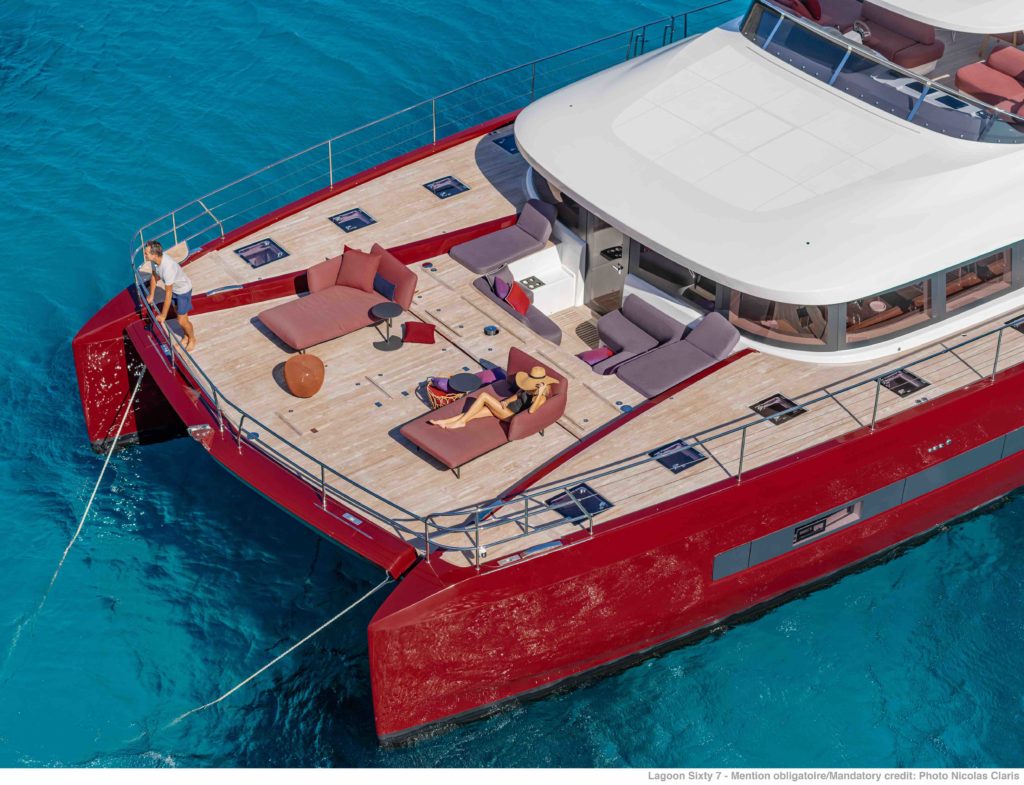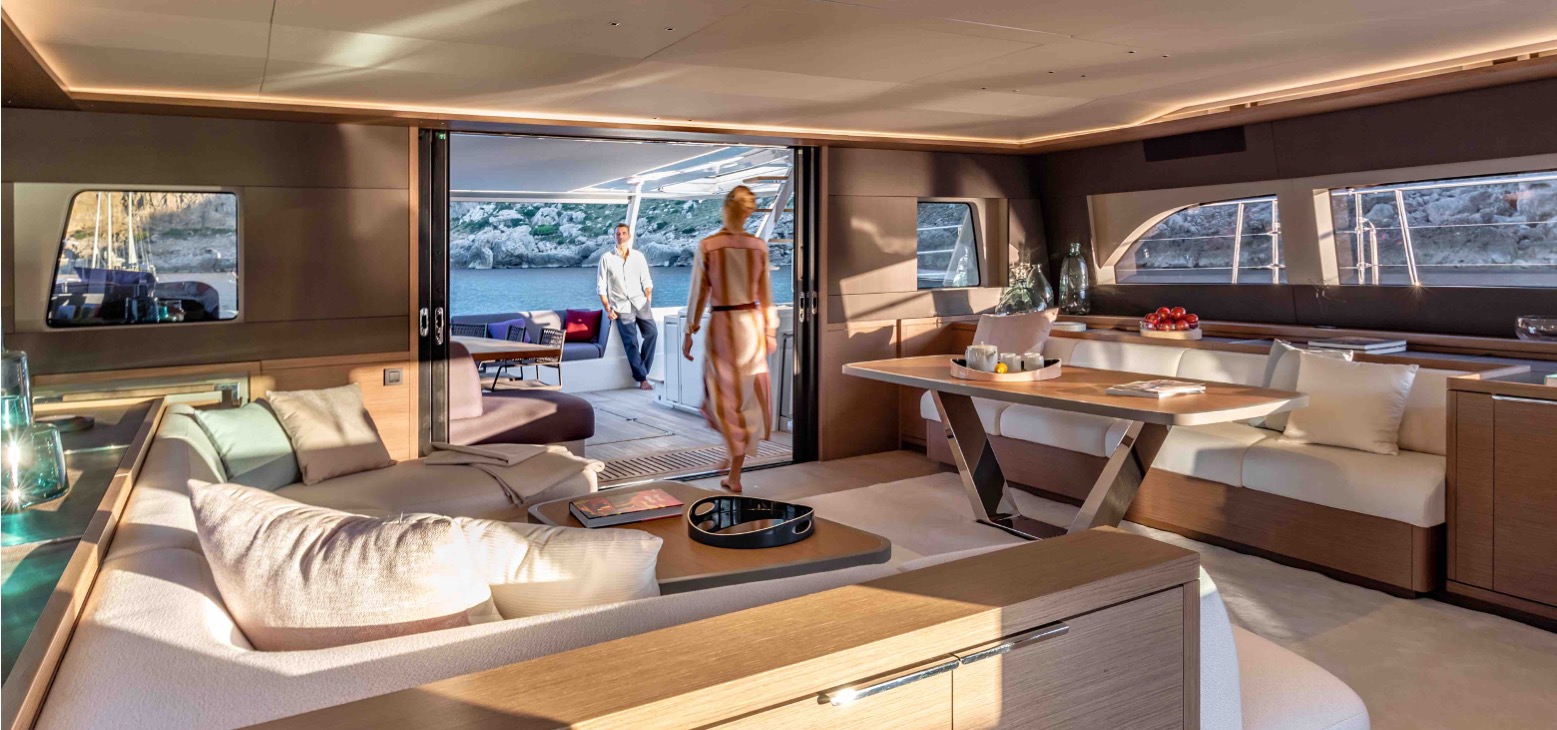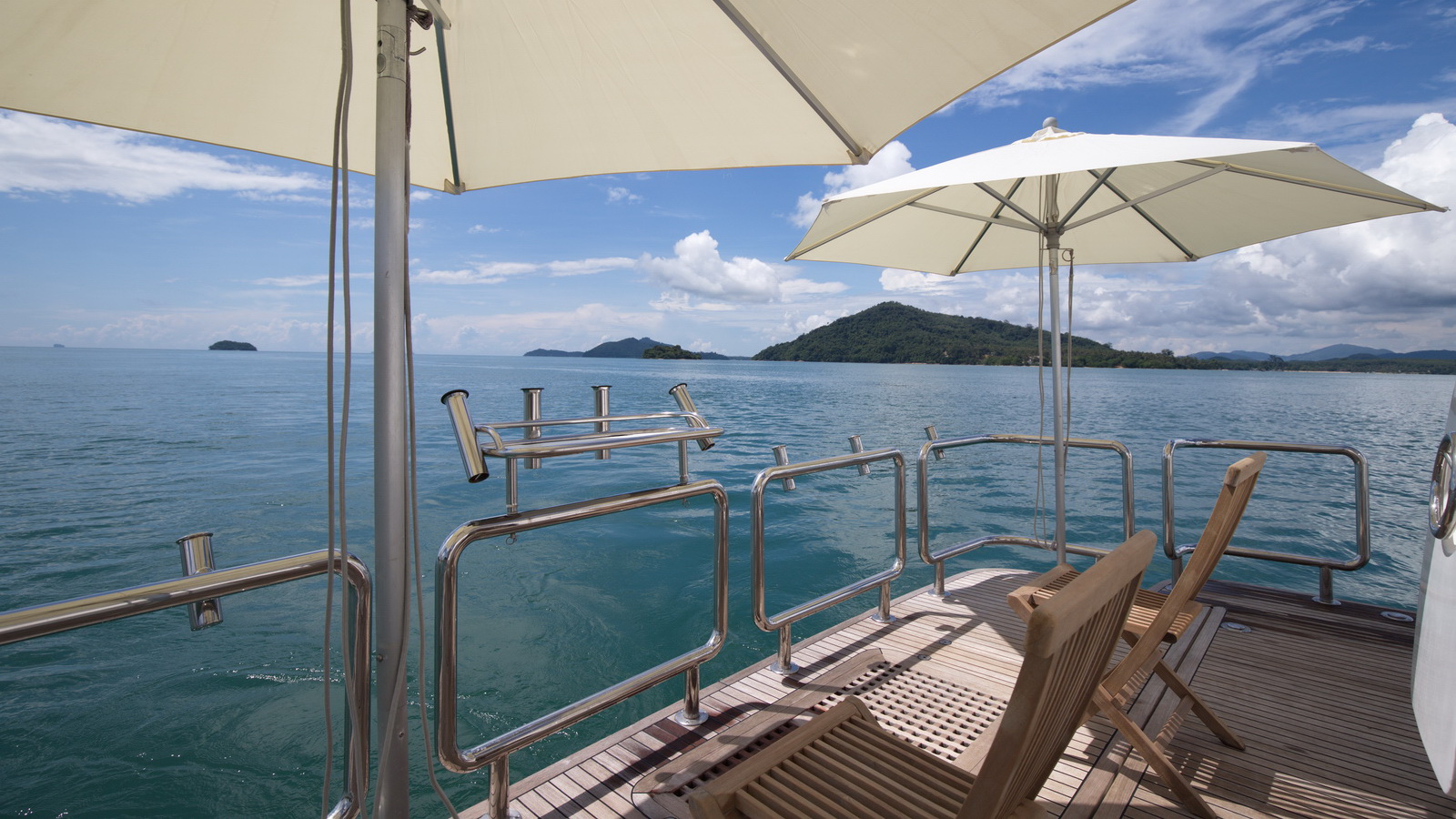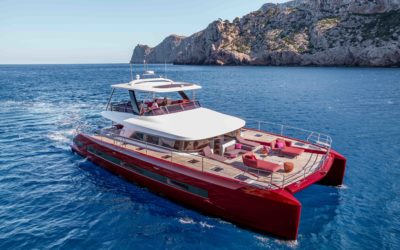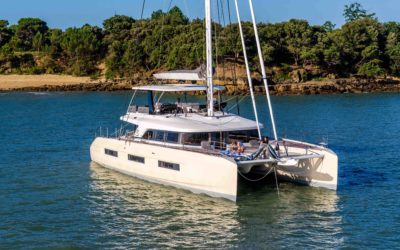Living the Liveaboard Dream: 5 Things You Should Know
January 11, 2021
For some people, the yachting lifestyle has become so appealing that they spend months at a time out at sea. Others go on yachting trips that take at least a few weeks, with the express purpose of cruising from one country to another. A boat that accommodates longer trips like these is referred to as a “liveaboard”—in short, a vessel designed for people to live aboard it.
The term has its roots in the diving industry. It originally pertained to the special living arrangements on a boat that divers could enjoy on longer journeys. While still in use in the diving industry today, the term “liveaboard” has also become common in the parlance of recreational boating. Larger vessels, like superyachts and catamarans, are often advertised for their spaciousness and comfort—both of which are essential for outings that last a week or so.
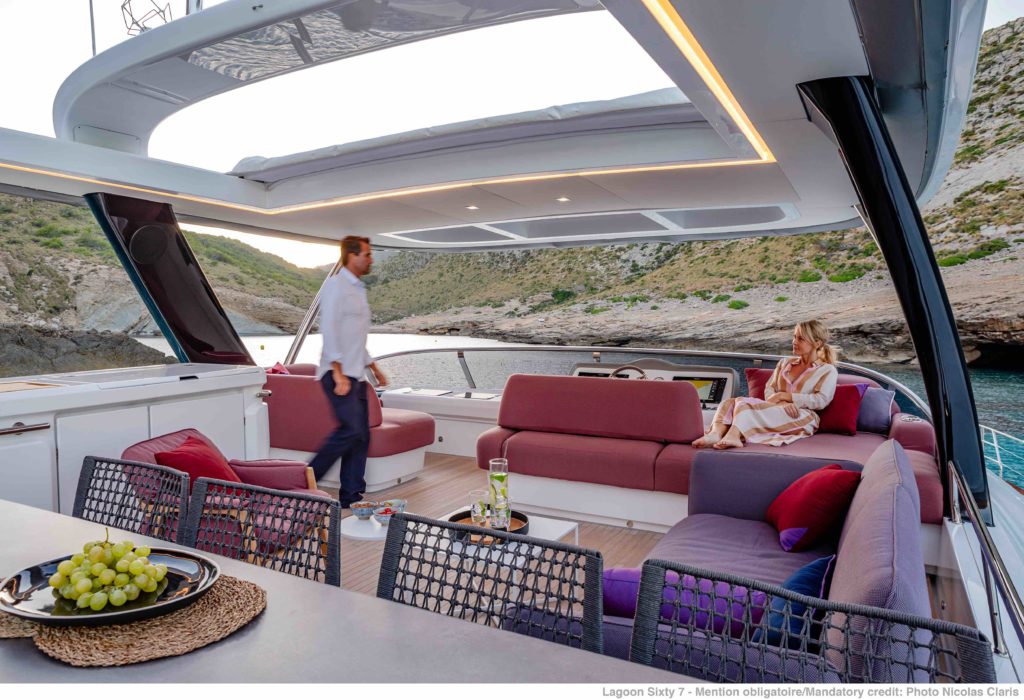
Going on a liveaboard boating trip is like being sequestered in your own private hotel suite or villa, but with the ocean as your backdrop. That’s probably what you’re dreaming of when you make plans to purchase a yacht or a motorboat for long-distance, multi-day trips. But if you want to pursue your liveaboard boating dreams with your family or friends, there are some important things you need to know first. Heed the following tips before you embark on that liveaboard trip of a lifetime.
Preparation Is Key
If you’ll be away from land for a prolonged period of time, there’s a lot of prep work you need to do. The preparation and planning process for a liveaboard trip covers several aspects, including the following:
- Your schedule for when you’re going out to sea, how long you’ll be away, and during which season. You will want to defer to boating experts about the safest and most pleasant time of the year to go on a long trip.
- Your list of emergency contacts and how to get in touch with them, for example through the boat’s high frequency (VHF) radio.
- Your readiness to accommodate all passengers, including very young children, the elderly, persons with disability, or those who have outstanding medical conditions. You should have everything on board to keep them safe, comfortable, and healthy for the duration of the trip.
- Your essentials: clothing, toiletries, electronics, supplies, equipment and specialty gear, a means to obtain Internet connectivity, and emergency cash. Take note that you should pack light for a liveaboard trip, since space is limited on a boat.
- The skills you should learn to maximize the experience. If you’re on a sailing yacht, it would be good to learn the basics of sailing. It’s also a good idea to practice swimming, tying knots, first aid, cooking, and other skills that would be useful during the trip.
When you put things into perspective, the preparation for a liveaboard journey starts way before your departure from the harbor. But so does the excitement for an unforgettable trip!
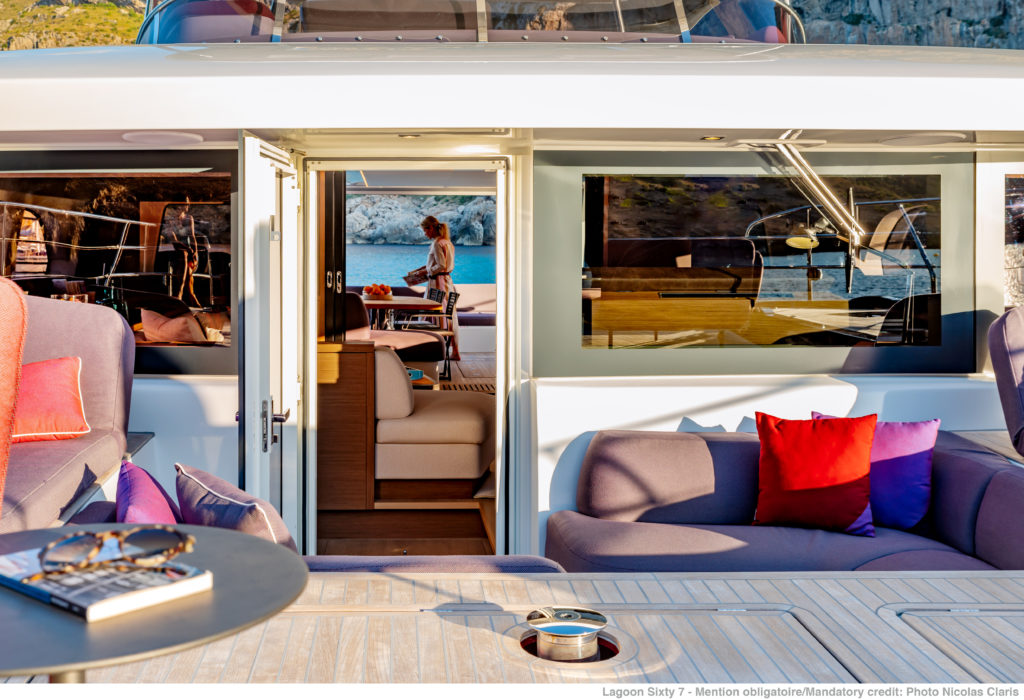
You’ll Need to Draw a Budget for Longer Trips
Another aspect of your trip that you’ll need to pay attention to is your budget. It’s important to have a good sense of how much money you’ll be spending, given that liveaboard trips can get expensive. Among the items that you should expect to spend on are the following:
- The services of your crew
- Your living expenses, such as food, supplies, medicine, and transport during any stopovers on land
- The maintenance and repairs of your boat
- Your boat insurance
- Your boat’s fuel
- Fees for docking at marinas
Way before your departure date, figure out how much you will be spending on these and set aside the funds, along with a little extra.
You’ll Need to Be Clean, Organized, and Aware of Your Limited Resources
Though a liveaboard journey is luxurious in many ways, it also often requires self-reliance, discipline, and a willingness to pick up after oneself. On a boat, you’re expected to keep things neat and tidy, as well as to be considerate of other people’s personal space.
In addition, you have to be aware that resources are limited and harder to come by while you’re traveling at sea. It’s not as if you can immediately head to the nearest convenience store or supermarket to replenish your stocks. That said, you have to make the best of everything that’s already on board. Take care not to be wasteful with food, water, toilet paper, and the like. And, do your part in cleaning up and properly disposing of trash.
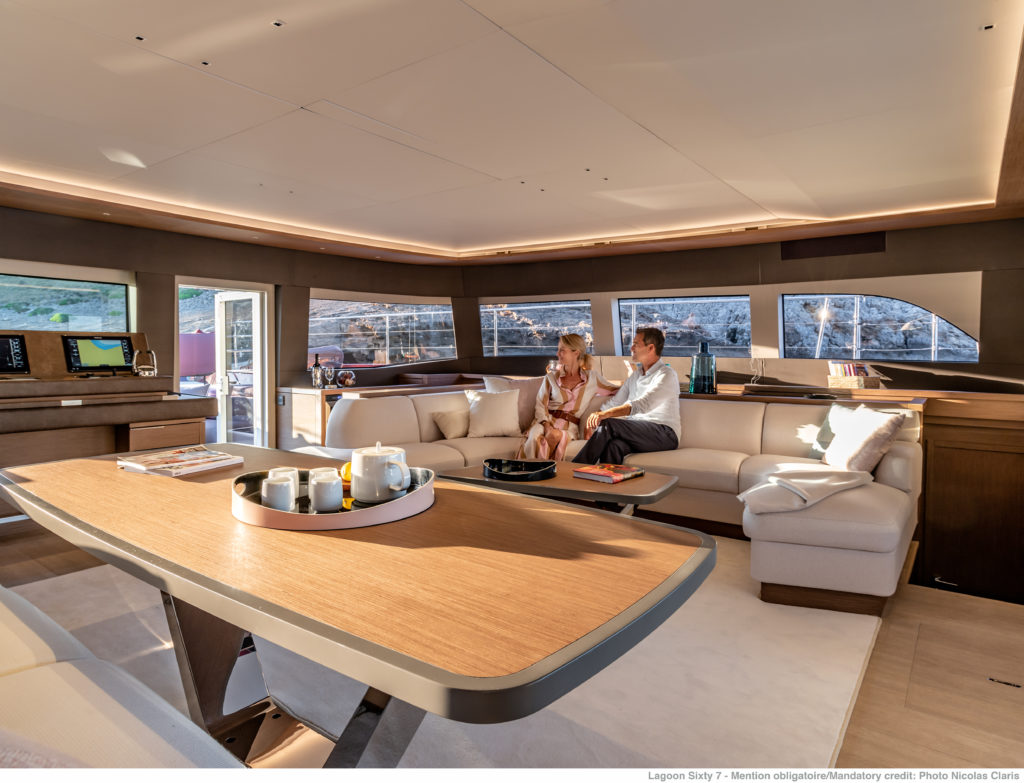
You’ll Learn to Roll with the Punches
Even if your liveaboard trip is very structured and thoroughly planned, there are some occasions in which you’ll have to improvise. For example, rough seas may ruin your initial plans to go snorkeling. When that happens, you have to accept the circumstances and move on to a Plan B for the day. It’s part and parcel of the liveaboard experience.
After a few days out at sea, however, you’ll likely be better at adapting, reading the elements, and making the best out of tricky situations. That mindset will reward you during your liveaboard trip and help you and your companions have a great time.
You’ll Learn to Balance Routine with Freedom
Perhaps the greatest pleasure of a liveaboard journey is how it allows you to manage your time. Your schedule won’t be as rushed as that of a day trip, and there’s plenty of time to relax, meditate, and lounge around.
The best kind of liveaboard trip will be the one where you can strike a balance between your necessary routine and your personal freedom. Set aside some time to do chores, help out around the boat, and exercise. And for the rest of your hours, just kick back and enjoy being at sea!
Once you get used to long trips like these—full of peace, quiet, and self-determined adventure—you’ll likely want to schedule them more often. Here’s to hoping you prepare well and have a memorable liveaboard experience!
